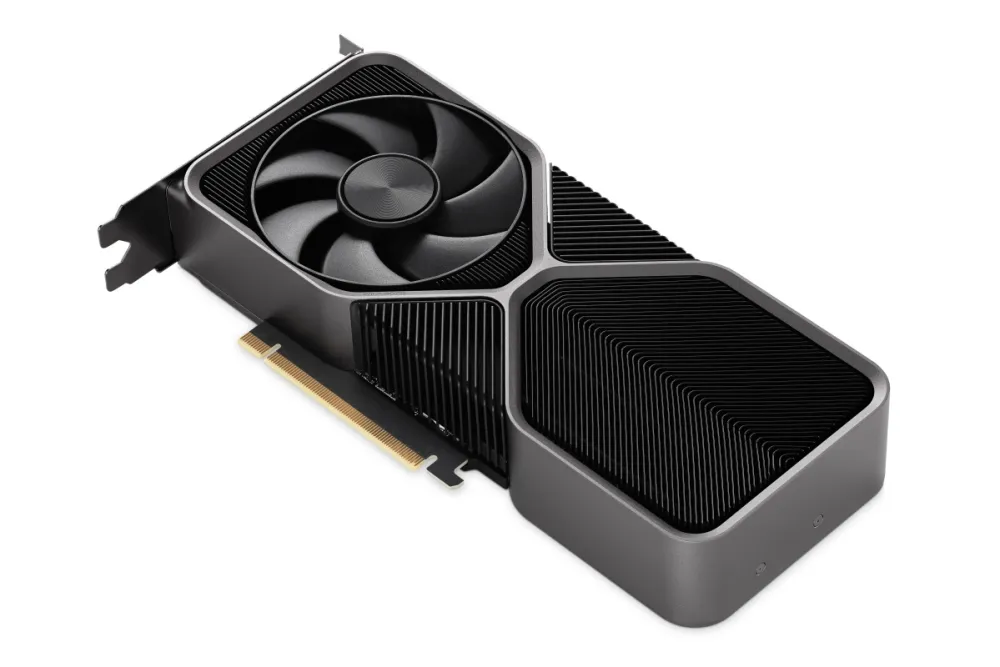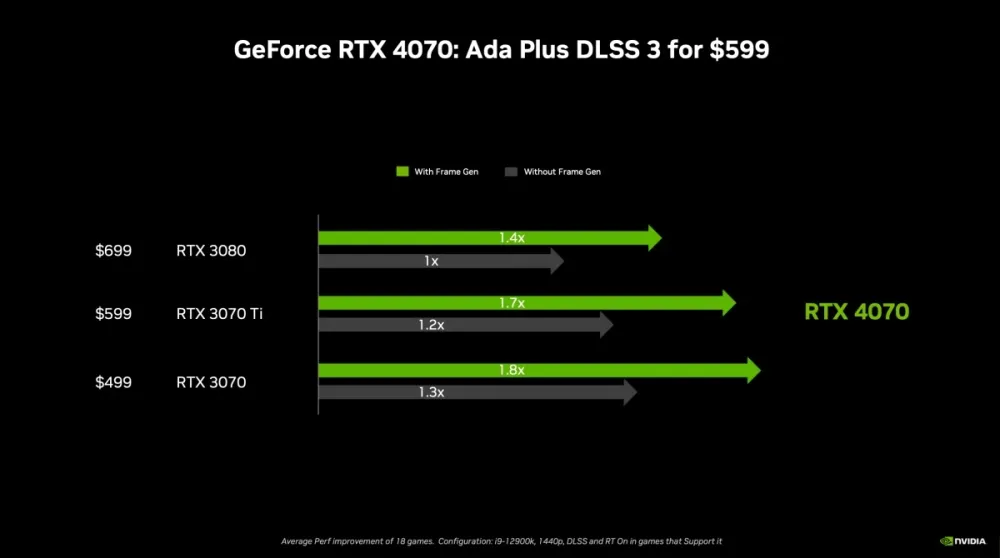NVIDIA launches more cost-effective GeForce RTX 4070 graphics card
Last year, NVIDIA announced the launch of GeForce RTX 4090 and GeForce RTX 4080 graphics cards, featuring the Ada Lovelace architecture. They introduced the GeForce RTX 4070 Ti earlier this year, incorporating the GeForce RTX 4090, and GeForce RTX 4080, as well as the GeForce RTX 4070, GeForce RTX 4060, and GeForce RTX 4050 into laptop products. NVIDIA has finally unveiled the GeForce RTX 4070 graphics card for desktop products.

The release of the GeForce RTX 4070 for desktop products naturally responds to the demand for enhanced display performance in mainstream desktop products. By integrating more artificial intelligence (AI) computing capabilities, the user experience is elevated, including increased gaming display performance and refinement with the new DLSS 3. Advanced 3D image creation, high-resolution video editing, and AI computing acceleration for chatbots are also supported.
NVIDIA emphasizes that before the introduction of RTX technology, including real-time ray tracing and DLSS, image rendering and edge processing in games were handled individually through graphics card performance. Since 2018, real-time ray tracing and DLSS technology have been processed using AI computing, not only bringing more realistic light and shadow reflections in gaming scenes but also significantly reducing jagged edges. With the launch of the third-generation RTX technology last year, gaming image rendering has greatly improved, and over 400 games and applications now support this technology.

Compared to traditional rendering techniques, in the third-generation RTX technology, an average of 7 out of 8 pixels are processed by AI computing. This means that graphics cards can process significantly more pixels without affecting existing display computing performance.
The newly launched GeForce RTX 4070 is aimed at providing a gaming experience with a resolution of 1440p and over 100fps, supporting DLSS 3 processing capabilities and AI-driven image rendering. The suggested retail price is set at $599, with sales expected to commence on April 13th.
In terms of hardware specifications, the GeForce RTX 4070 graphics card uses the Ada Lovelace architecture’s AD104 GPU, supporting the third-generation RT core design and fourth-generation Tensor core design. It is also compatible with DLSS 3 processing capabilities, featuring 12GB GDDR6 video memory, 36MB L2 cache memory, and 504GB/s memory transfer bandwidth. Support for AV1 and H.264 encoding is also included.
As for power consumption, the thermal design power of the GeForce RTX 4070 is 200W, with an average power consumption of 186W during gameplay, 16W during video playback, and 10W on standby. This is significantly lower than the GeForce RTX 3070 Ti.
Following the launch of the GeForce RTX 4070, NVIDIA will continue to sell GeForce RTX 3060 Ti, GeForce RTX 3060, and GeForce RTX 3050 graphics cards on the market, catering to the demand for graphics cards in the $249 to $399 range.
However, since laptop products have already launched GeForce RTX 4060 and GeForce RTX 4050 graphics card specifications, it is expected that NVIDIA will announce more desktop graphics card products, gradually replacing the existing GeForce RTX 30 series positioning.






